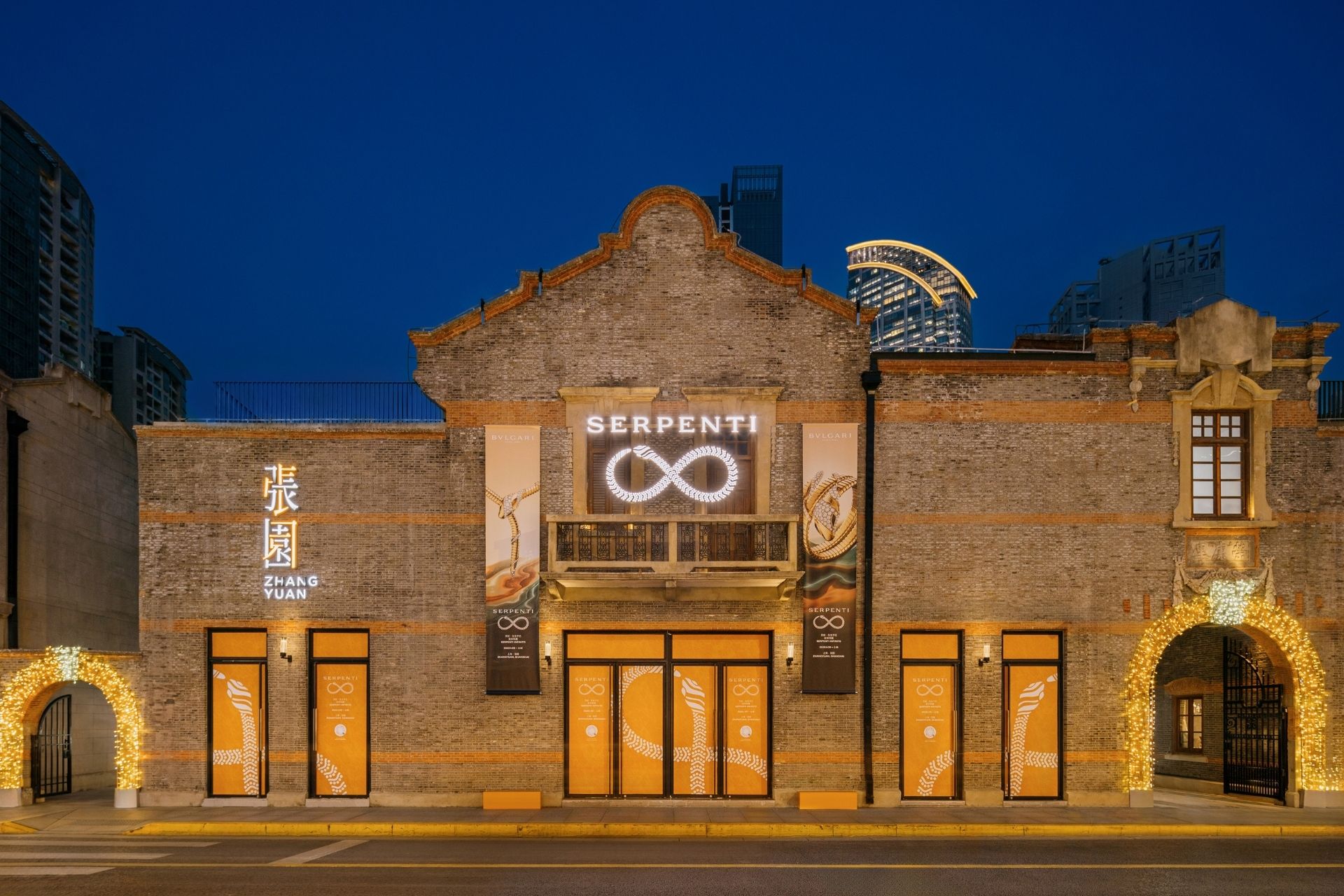WeChat has evolved into a critical hub for brands to nurture and convert Chinese consumers, going far beyond being merely a communication channel. The all-new WeChat Luxury Index 2023 co-released by DLG and JINGdigital will shed light on the performance and latest trends of luxury brands on WeChat.

Alimama, a marketing platform under Alibaba, and Tencent Ads jointly announced at the end of September that companies can place performance advertising on WeChat via Alimama, which can direct users to storefronts, product pages, and livestreams on Taobao and Tmall.
This change represents a significant step towards further breaking down on China’s digital ecosystem’s walled garden, while also reflecting the value of WeChat in China’s consumer market. It’s almost impossible to find another mega-app that can compete with WeChat in the entire online landscape – it’s a massive traffic pool with 1.33 billion consumers that directs them across all vertical platforms.
WeChat and its various components, such as Mini Program, Channels, WeCom, and Official Account, form a closed loop that encompasses the consumer journey seamlessly. On this platform, brands have been able to accompany their customers from acquaintance to purchase over the past years. WeChat has now evolved into a customer hub that offers a wide range of services and information, and gradually be seen as an alternative to the official site as the primary DTC channel for businesses.
With the launch of the WeChat Luxury Index 2023, DLG (Digital Luxury Group) and JINGdigital continue to delve into the luxury brands’ performance on WeChat this year. The report, which is based on a study of 21 WeChat communities in the luxury industry, offers insight into how brands can grow their private domains on WeChat through acquiring, retaining, and nurturing customers.
The New Age Of Stock Management
In the last three years, the luxury market of mainland China has doubled in size. However, Chinese consumers are once again travelling and purchasing luxury goods abroad. The ability of luxury groups to retain existing customers in order to sustain long-term momentum will become the most significant challenge.
WeChat is not an exception. We discovered that the overall growth rate of the sampled WeChat communities has been declining for two years in a row, standing at 30.6 per cent in 2022. Acquiring new followers also necessitates significant media investment within the WeChat system. To increase the ROI on the current private domain, brands must shift their focus from acquisition to retention and conversion.

Credit: WeChat Luxury Index 2023, DLG (Digital Luxury Group) and JINGdigital
The open rate of WeChat articles continues to show a downward trend. The open rate for single-article pushes fell to 5.13 per cent in 2021, down from 8.82 per cent in 2021, and the cumulative open rate for multiple-article pushes also decreased significantly. This is due in part to WeChat’s default setting of muted notification for Service Accounts, and in part to the fact that followers recruited by brands through advertising may show less interest in brands’ content.
In response to changing consumer behaviour, brands have altered their content strategy. Previously, the vast majority of brands would make four content pushes per month, the maximum allowed by WeChat. However, this year, more than 70 per cent of brands chose to push two to three times per month on average. When it comes to the frequency and quality of their content on WeChat, brands are employing more ROI-driven assets.
Information Or Services
For years, brands have viewed WeChat as an information channel for communicating in-depth content and supplementing other fast-paced social media platforms. WeChat is still used for brand communications today, but with the addition of e-commerce, loyalty programmes, and value-added services – the majority of which are available through Mini Program – the Official Account has become a crossroads for audiences, guiding them to explore a broader range of the brand universe.
Menus, in particular, play an important role in this journey. Menu clicks account for 71 per cent of all engagement actions within the account environment. Another 11 per cent of behaviour is generated by messaging – today, most luxury brands have integrated customer service into their Official Accounts to provide a more personalised service to their followers.

Credit: WeChat Luxury Index 2023, DLG (Digital Luxury Group) and JINGdigital
Among menu clicks, the share of service-related behaviours is increasing, while menu engagement related to information accounted for only 20 per cent, a figure that was as high as 40 per cent in 2020. Over 55 per cent of menu item engagements in 2022 were CRM-related. As brands offer more functionalities in their CRM programme, consumers are increasingly turning to membership programme on WeChat in search of various pre- and after-sales services.
A Balanced Approach
Official Account is not a brand’s only presence on WeChat, which suggests that brands have been redistributing their effort and investment to other assets, which causes Official Account benchmarks – particularly those related to content performance – to plateau.
However, Official Accounts content remains essential for brands’ marketing activity, and the interactivity of WeChat content can direct audiences to other WeChat components, with link clicks accounting for 58.32 per cent of article engagement actions. The same applies to menus, with nearly half of all menu item landing pages linking to a brand’s Mini Programs, which can serve as e-commerce stores, loyalty programmes, or innovative experiences like mini games or AR try-ons.
On the other hand, the ability of brands to capture data within the Official Account is limited. Leading users to the Mini Program for additional interaction allows brands to gain access to more data points via the SDK implemented, facilitating them to build a more enhanced consumer profile and optimise their WeChat strategy. In this report, 85 per cent of the behavioural data collected by sampled brands on WeChat are from the Mini Program.

Credit: WeChat Luxury Index 2023, DLG (Digital Luxury Group) and JINGdigital
To discover more about how luxury brands are acquiring, retaining, and nurturing customers on WeChat, please watch the replay of the webinar session WeChat Luxury Index 2023 and China Market Updates and download the full WeChat Luxury Index 2023 at the link below.








